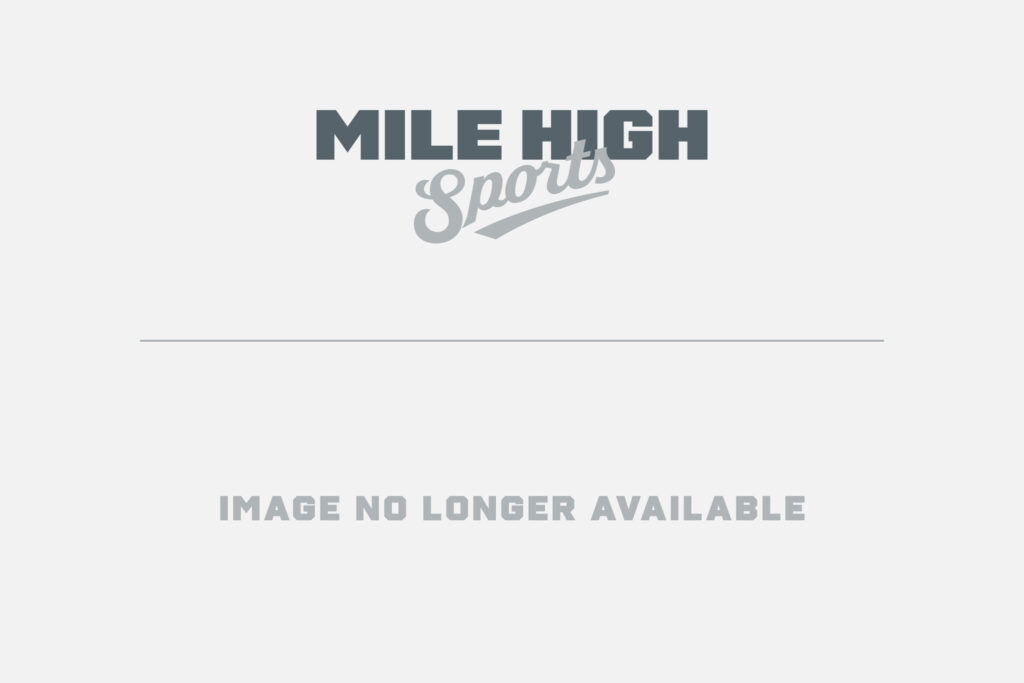The designated hitter in the National League. About this time every year, the argument pops up again that the NL should adopt the designated hitter rule, and unite both leagues in the practice.
This time, it was the freak injury of St. Louis Cardinals ace Adam Wainwright, who tore his Achilles while attempting to run out a pop up while batting last weekend.
Glossing over the fact that a running injury could happen at, you know, pretty much any point in a baseball game, it nonetheless triggered a reaction from a slew of fans and pundits demanding that the NL stop forcing pitchers to hit for themselves.
Any naysayers were dismissed and mocked about living in the past and being irrational. But there are rational reasons to keep pitchers hitting for themselves.
For starters, it adds value for teams who are looking for inefficiencies. If an NL team wants to gain an edge over their opponents, they may stack their rotation with hurlers who know how to handle the lumber. Many pitchers themselves see value in it, as referenced by the many who have excelled at the plate over the years.
There’s also reason to believe that an American League team, without as many pinch-hit at-bats in the late innings, may be inclined to play backup and utility-type players in a higher percentage of games, decreasing the overall product on the field and delivered to fans every game. Perhaps that’s an entertainment issue, but there are many of those as well to keep the DH out of the National League.
For starters, the strategic aspect. Even most managers in both leagues acknowledge that it is more difficult to manage the late innings of a National League game. And in my opinion, that enhances the fan’s experience to try and play along and think of what the club might to do next.
But more than anything, it’s the irrational reasons that the National League should continue on without the DH. Perhaps every sports writer needs a “Get off my lawn!” type of stand to take every once in a while, and perhaps this one is mine right now.
It’s the novelty of having the two leagues of the same professional sport operate seamlessly together under different rules. Of obscure pitcher records like home runs, hits in a game, plate appearances without a hit, and the elusive pitched-a-shut-out-and-hit-a-home-run-in-the-same-game (though Bob Gibson did it six times, apparently).
It’s watching the jump-swing of former Rockies side-armer Byung-Hyun Kim, or the lazy loping swing of big, fat Bartolo Colon. On the other side of things, one of my favorite memories of the Rockies growing up was watching Mike Hampton’s seven home-run season at the plate; I wasn’t following his pitching that early in my life (thank goodness), but seeing a pitcher do something as incredible as seven home runs in those limited at-bats was pretty amazing – enough so to leave a lasting impression.
The sense of excitement we all feel every time a position player gets a chance to pitch in a meaningless blowout, there is a tiny bit of that in watching a pitcher hit who takes pride in being competent. Heck, I’ve found myself wishing lately that Rockies pitchers pitched as well as they hit.
The designated hitter may be the rational way of doing things in baseball, but what fun is being a fan if you don’t get to be a little irrational every once in a while? The pitcher hitting is a fun little quirk, and I for one hope that it never goes away.
